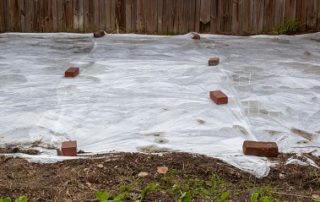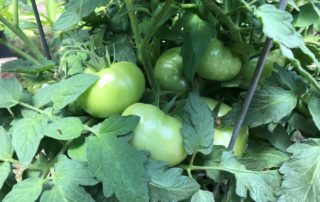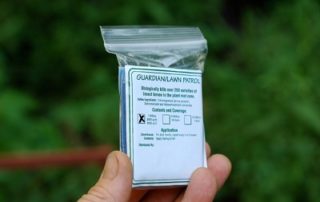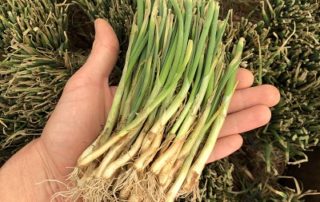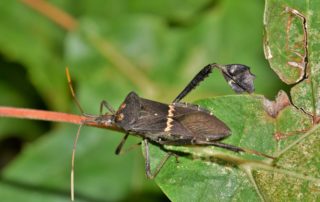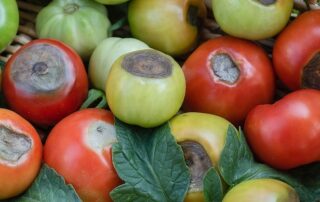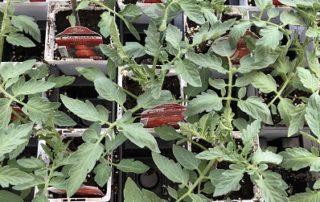January Vegetable Planting List
JANUARY VEGETABLE PLANTING Asian greens (seeds or transplants) Asparagus crowns Beets Broccoli (transplants) late month thru Feb. Brussels sprouts (transplants) late month thru Feb. Cabbage (transplants) late month thru Feb. Carrots Cauliflower (transplants) late month thru Feb. Swiss chard (seeds or transplants) Collards (seeds or transplants) late month thru Feb. Kale (seeds or transplants) Kohlrabi (seeds or transplants) Leeks (seeds or transplants) Lettuce (seeds or transplants) Mustard (seeds or transplants) Onion, bulbing (transplants) Peas, English, Snap or Snow Potato (seed potatoes) late month thru Feb. Radish Spinach (seeds or transplants) [...]




